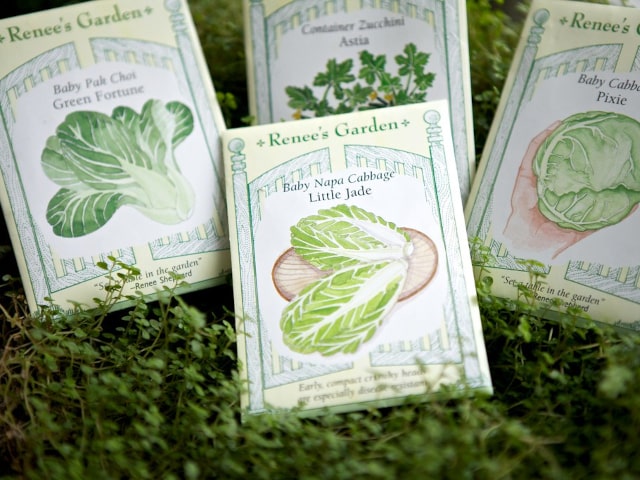
Seeds can be purchased on many places, from nurseries and garden centers to regular grocery stores. Many people choose to start their plants from seeds, so knowing what you're looking for is very important. You may want to start a garden or just try a new flower. Whatever you do, if you plan on starting your plants from seeds, there are some things you should consider when buying seeds.
Here are some of the most important things you need to pay attention to. Look at a seed packet carefully to determine these things:
Sell by Date (or Packed For Date)
Seeds can't last forever, especially in usual commercial packages. They will easily lose their rate of germination and viability after a while. For this reason, it's important to know when the seeds were collected. It doesn't mean that last year's seeds are necessarily bad, but it's important to keep a track on dates. If there is no date on the packet and you wish to use the seed, make sure to note the date on the bag so you'll always know when you received this particular packet.
Days to Germination
Different seeds germinate at different times. For example, a pea can sprout in just a few days. Other plants, such as broccoli raab, take weeks to sprout. Not knowing how long it takes the seed to germinate, you might think there is something wrong. This may lead you to plant more seeds in the same ground, so once they all start sprouting you will have an overcrowded mess. To prevent this, it's important to know how long it takes for seeds to germinate.
Days to Maturity
This is another important thing you should pay attention to. It is very important because you need to time your plants with the weather. It also factors in for succession planting. Date to maturity is s a bit trickier to determine than days to germinate because it's not the same for plants that should be started indoors and for direct seeded plants. For plants that are started indoors, days to maturity are calculated from transplanting. For direct seeded plants, days to maturity are calculated from when the plant first pokes through the soil.
How to Plant
Most seed packets provide this information. It should be reasonably detailed. It should tell you what depth to sow the seed, recommended plant and row spacing, what conditions the plant needs (how much sun or shade, watering requirements, etc.) It should also specify the plant height and other details. Some manufacturers even include tips, such as how to soak the seed before planting, or that a watermelon vine can grow over six feet in any direction.
How to Harvest
Not all manufacturers provide this info, but it's a valuable one and you should try to find details about harvesting. Helpful tips on how to harvest a plant are always more than welcome so if they are included on the package you should consider yourself lucky. How to tell that your plant is ripe? When and how to pick it? When is the best time to harvest? This and similar info is very valuable.
Diseases and Pests
This info is very helpful but it's more often found in a seed catalog or a website than a seed packet. However, some manufacturers include this information on their packets. Even if there isn't a special section on the seed packed dedicated to pests and diseases, look for clues in the text. "Drought tolerant" or "late blight resistant" are a good clues on what to expect.
The Botanical Name
Seed packages used to include this information almost universally, but it's getting rarer these days for some reason. It's a shame: it's always useful to have a precise botanical name of a vegetable or another plan you wish to grow. Even if you don't remember it or don't know how to pronounce it, it's important to have this information written down because it will tell you a lot about what to expect of your plant. For example, it will tell you which vegetables you can and can't rotate, or which ones share diseases and pests. It is also useful when you wish to prevent cross-pollination for seed saving. For these reasons, it's very useful to know the botanical name of the plants you wish to grow.
A picture
Finally, a seed packet should provide a picture of a mature plant. Most seed packages do provide pictures, but they are not always adequate ones. You want to see an actual photograph of the plant growing, not a stunning display of harvest in an artistic setting. This is the only way to know how your plants will look like and the photo on the packed should not be misleading.
Keep Your Own Notes
These are the 8 important things you should look for on a seed package. Some of them, such as information on how to plant and a photo will probably be included. Some manufacturers take an effort to include them all. Chances are that some of this info won't be available on the packet, but you should make an effort to collect as much info as possible about the plant and the care it requires.
If not all info is available on the packet, you should ask the sales assistant or someone else directly at the store. Maybe they can provide you more details about when the seed was packed or what's the best way to harvest your vegetable. Another thing you can try is to search for information online.
Always keep your notes and record all the valuable information. Write everything down before you throw the package away. If a seed packet comes with plenty of interesting and useful information you may save it in the notebook for further reference.
Photo credit: Chiot's Run
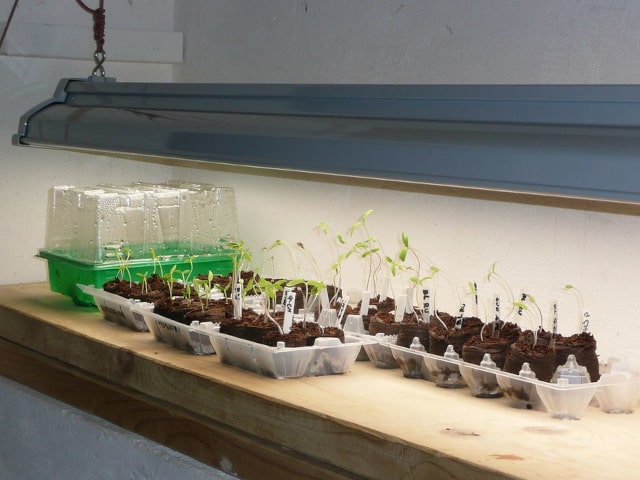
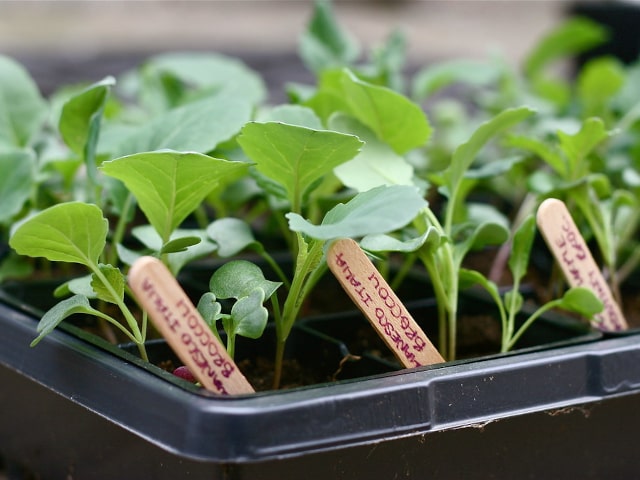
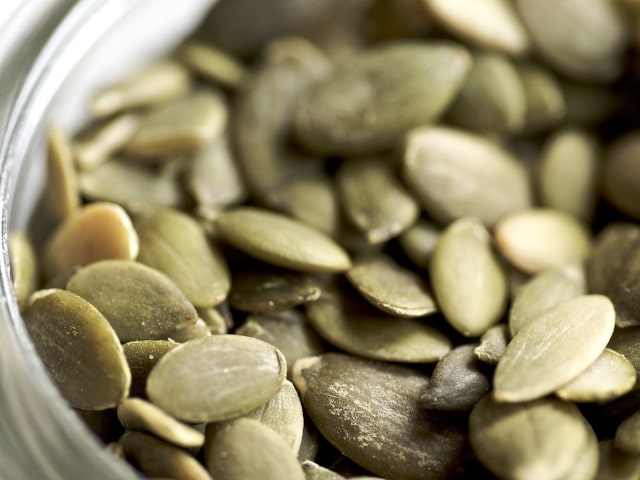
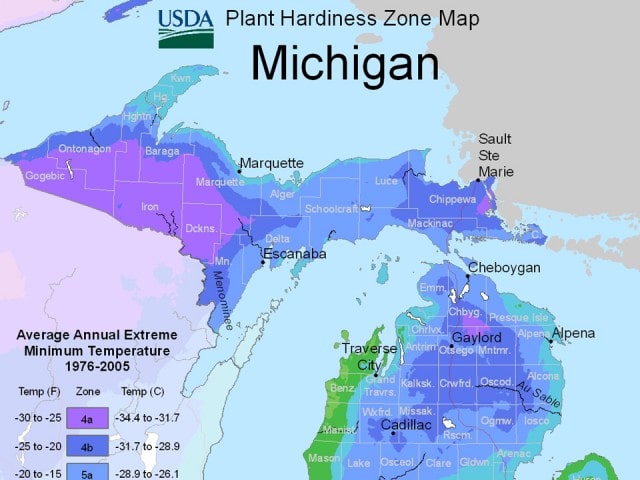
0 Comments